Merry Christmas! 🎄Our warehouse will be closed over the Christmas New Year period from 17th Dec reopening 5th Jan. No orders will be shipped during this period.

Fishing Showdown: Bait Fishing vs. Lure Fishing - Which Is Best for You?
Posted on
The debate between bait fishing and lure fishing is a lively one, much like the ongoing arguments about the best BBQ recipes. Both methods have their own advantages and drawbacks, and the choice often comes down to personal preference. Bait fishing is generally easier for beginners and more cost-effective, making it ideal for family outings and those looking to catch a meal. It involves using live or dead natural baits and offers high success rates. Lure fishing, on the other hand, provides a more active and engaging experience, often preferred by those who enjoy the challenge of mimicking prey movements and practicing catch-and-release. The article delves into the specifics of natural baits used in both freshwater and saltwater fishing, detailing the types of baits, the equipment needed, and advanced techniques for success. It also explores the various types of lures available, including soft plastics, hard-bodied lures, and topwater options, along with effective retrieval techniques and gear recommendations. By understanding the nuances of each method, anglers can make informed decisions based on their fishing environment, target species, and personal preferences. Whether you’re using bait or lures, the key is to enjoy the process, respect the environment, and make lasting memories.

Tips on how to choose the right pack
Posted on
Selecting a suitable pack can be an intimidating experience. At most outdoors stores you’re usually met with a Great Wall of China–sized display of packs in a multitude of sizes, colours, shapes and price points. It’s hard to know where to begin. But try not to be overwhelmed, narrowing the selection down is really quite easy.
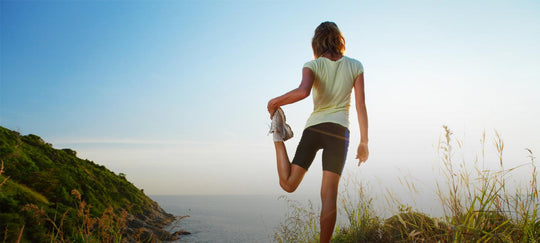
Getting Fit For a Multi-Day Hike - Part Two
Posted on
Important tips to prepare your body for a multi-day hike
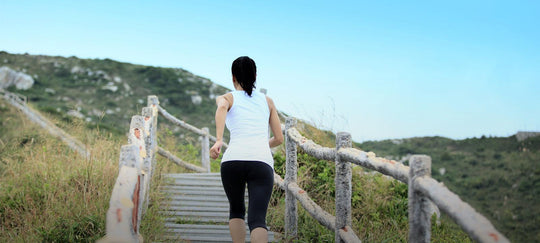
Getting Fit For a Multi-Day Hike - Part One
Posted on
Important tips to prepare your body for a multi-day hike
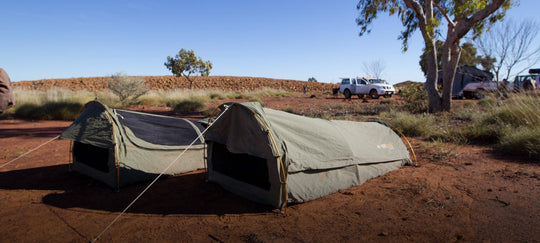
Caring For Your Swag
Posted on
Camping Australia carry a range of swags that are designed and manufactured for Australian conditions. The range includes single basic swags, through to super deluxe domes and double swags. We stock a wide range of swags suitable for any purpose including Australian’s most well-known brands. Getting your swag ready New canvas products require conditioning. Simply pitch your swag and wet it down with a garden hose and let it dry. This allows the stiching holes to shrink and the stiching thread to swell, allowing a seal to form. It may be necessary to repeat the process 2 or 3 times to fully condition the canvas. Ensure the swag is completely dry before packing away.A traditional first aid treatment for canvas is...

Your guide to the ultimate campsite setup
Posted on
Campsite The ultimate campsite, so desired by so many, doesn’t just happen – well not very often anyway! Mostly it’s luck of the draw that might see you set up in a prime location if you don’t put some thought into it. It’s great to just pack up and head off into the bush, but some planning is usually necessary when it comes to selecting and setting up in a spot that’s best for you. I’ve compiled 10 tips that may transform your next camp set-up into the best ever. View Everybody loves a majestic landscape – be it mountains, oceans, or bushland. Sunrise and sunsets are especially desirable and an elevated location can help here. Just be sure that...

7 Key Tent Features to Consider In Your Next Purchase
Posted on
It is very important to make the right selections with the humble tent as it becomes a home away from home to be comfortable. Our guide walks you through the top 7 important features when considering purchasing a quality tent.
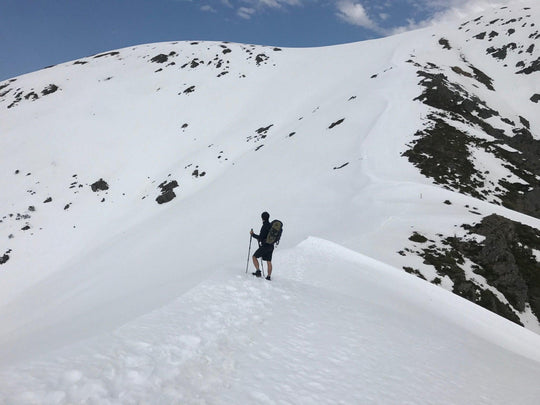
Camping Advice for the Cold Australian Winters
Posted on
Just because the weather has gotten colder doesn't mean your camping vacations have to end. Camping is one of the best ways to enjoy the outdoors in the cooler months. Simply abide by these straightforward suggestions to have a fun camping vacation in the winter. Know the conditions from the outset The first step in planning for your winter camping trip is to check the temperature range you'll be camping in (Bureau of Meteorology being a great site for this) and any other likely weather events. You should not only check the weather forecast for the place you intend to visit, but you should also call the national parks ahead of time to enquire about any additional warnings (they'll probably have...

3 Season vs 4 Season Tents for Australian Camping?
Posted on
n this comprehensive guide, we explore the key differences between 3-season and 4-season tents, providing expert advice to help you choose the right shelter for your camping needs. 3-Season Tents are designed for use in spring, summer, and autumn. They are lightweight, portable, and prioritize ventilation, making them ideal for mild to moderate weather conditions. An example of a quality 3-season tent is the Vango Sprint 200, which is perfect for lightweight backpacking with its easy setup and excellent breathability. 4-Season Tents, on the other hand, are built to withstand extreme weather conditions, including heavy snow, high winds, and harsh rain. These tents are more durable and stable, making them suitable for winter camping and mountaineering. The Nortent Gamme 4 is an excellent example, offering superior durability and weather protection, making it ideal for Australia’s toughest conditions.
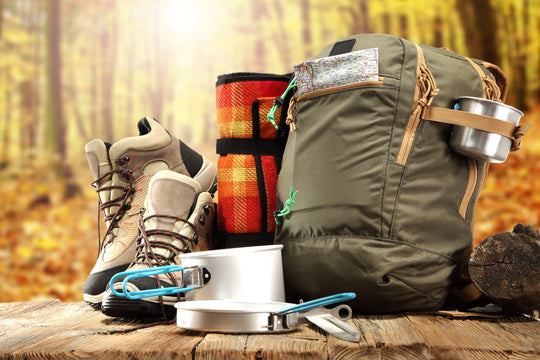
Online Camping Australia: 6 Essentials for Camping and Cooking
Posted on
Essentials for camping in Australia can be bought online. Read about some of the must-haves for your next camping trip, here in this guide.
